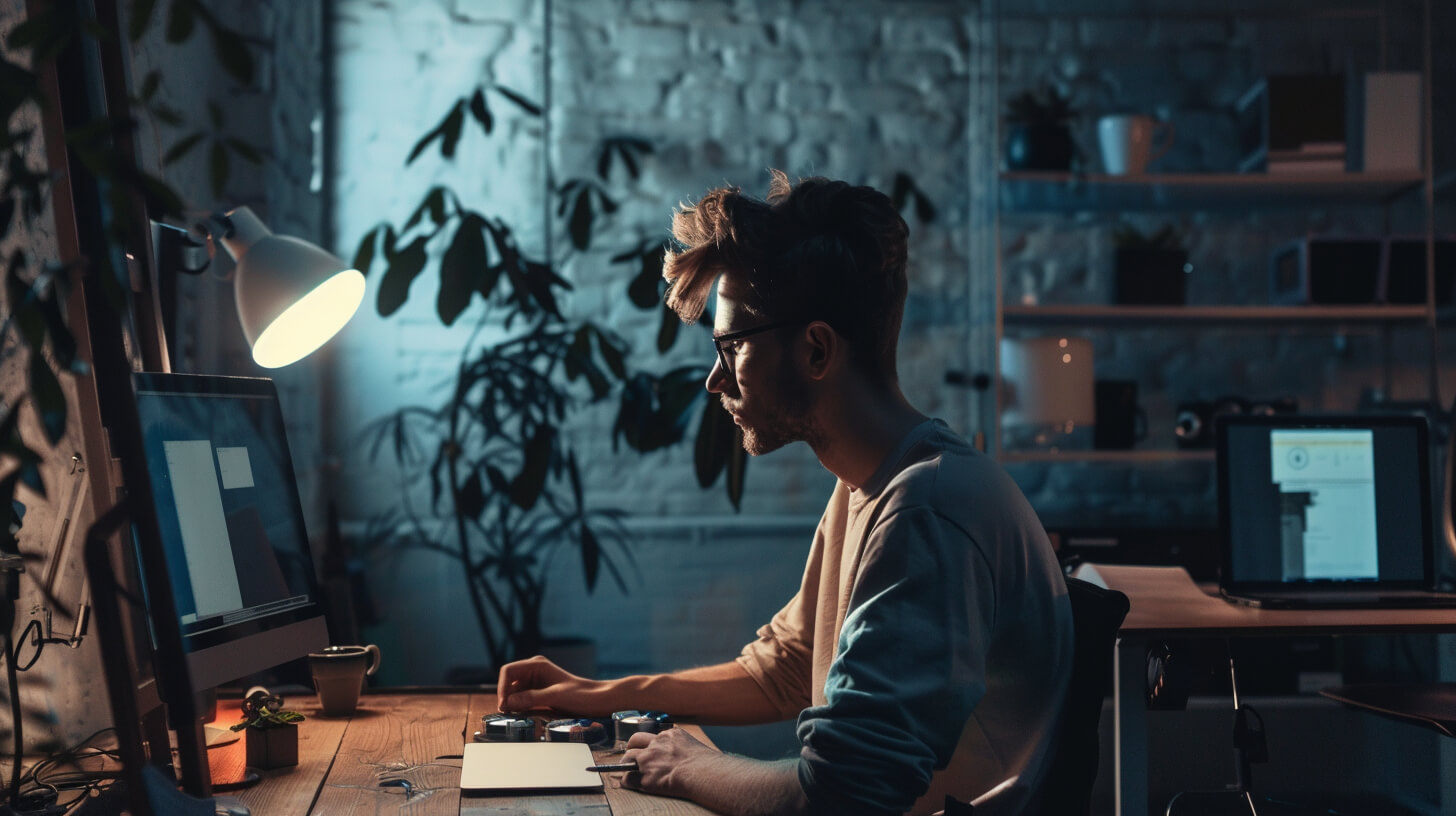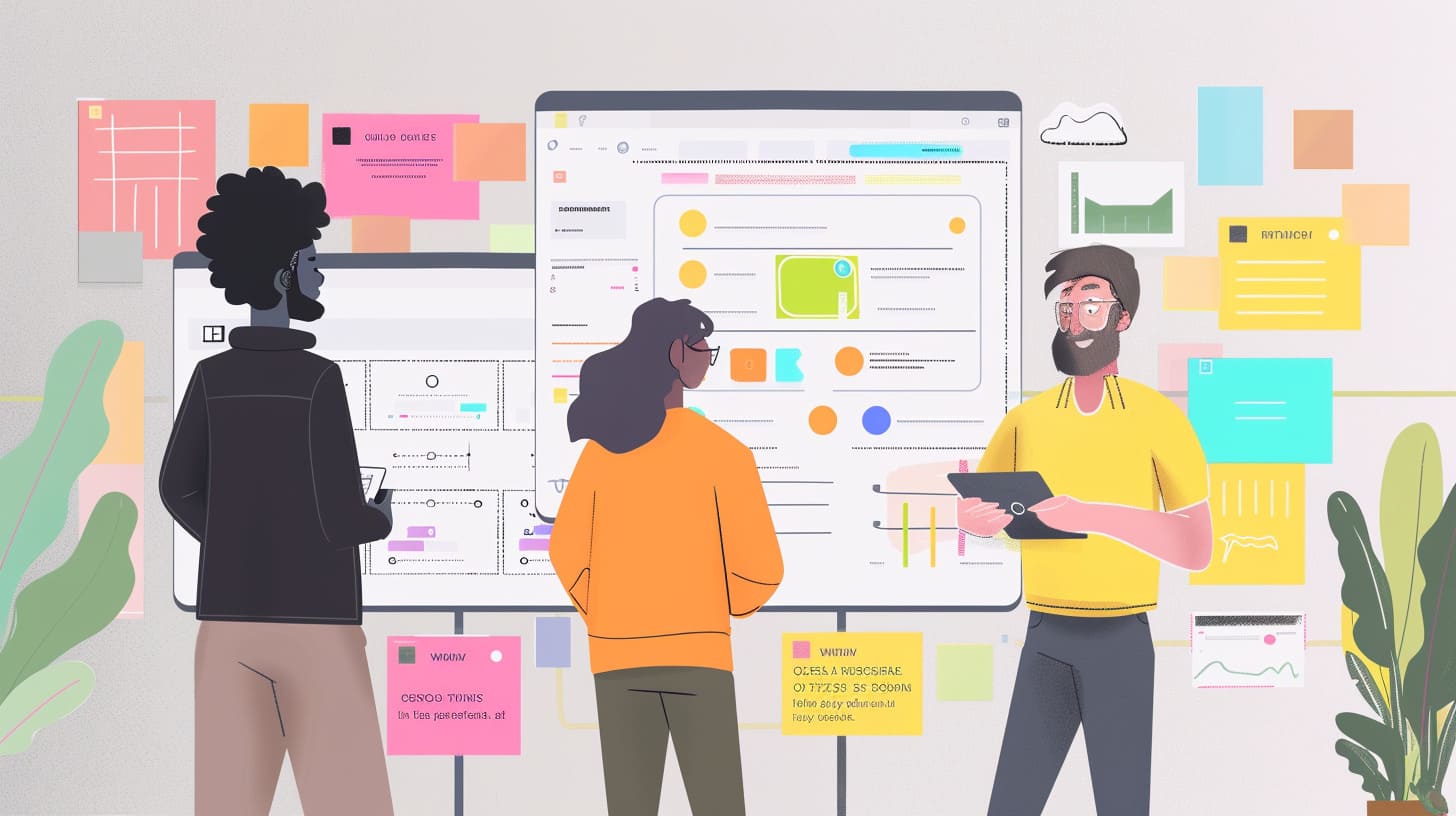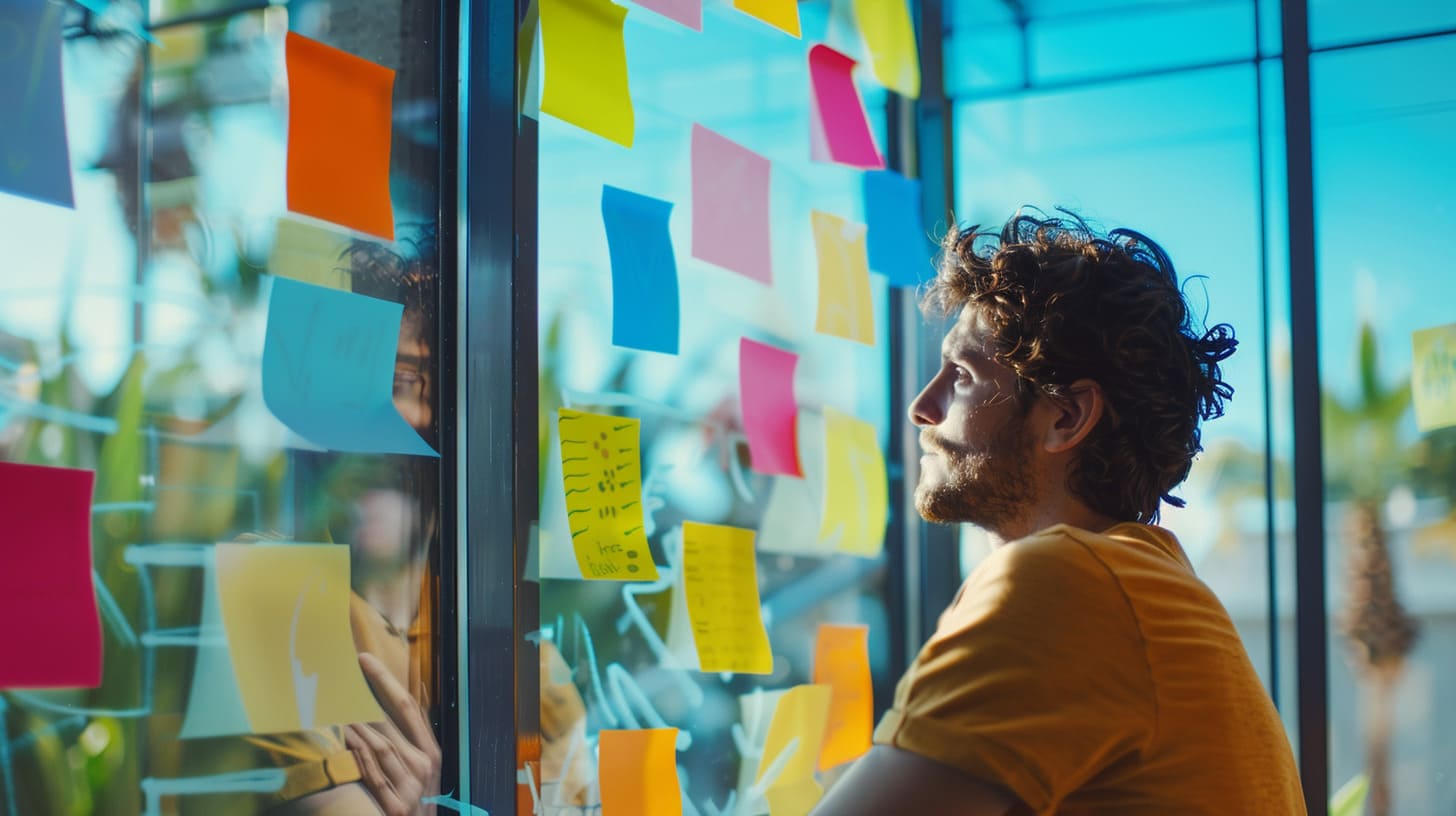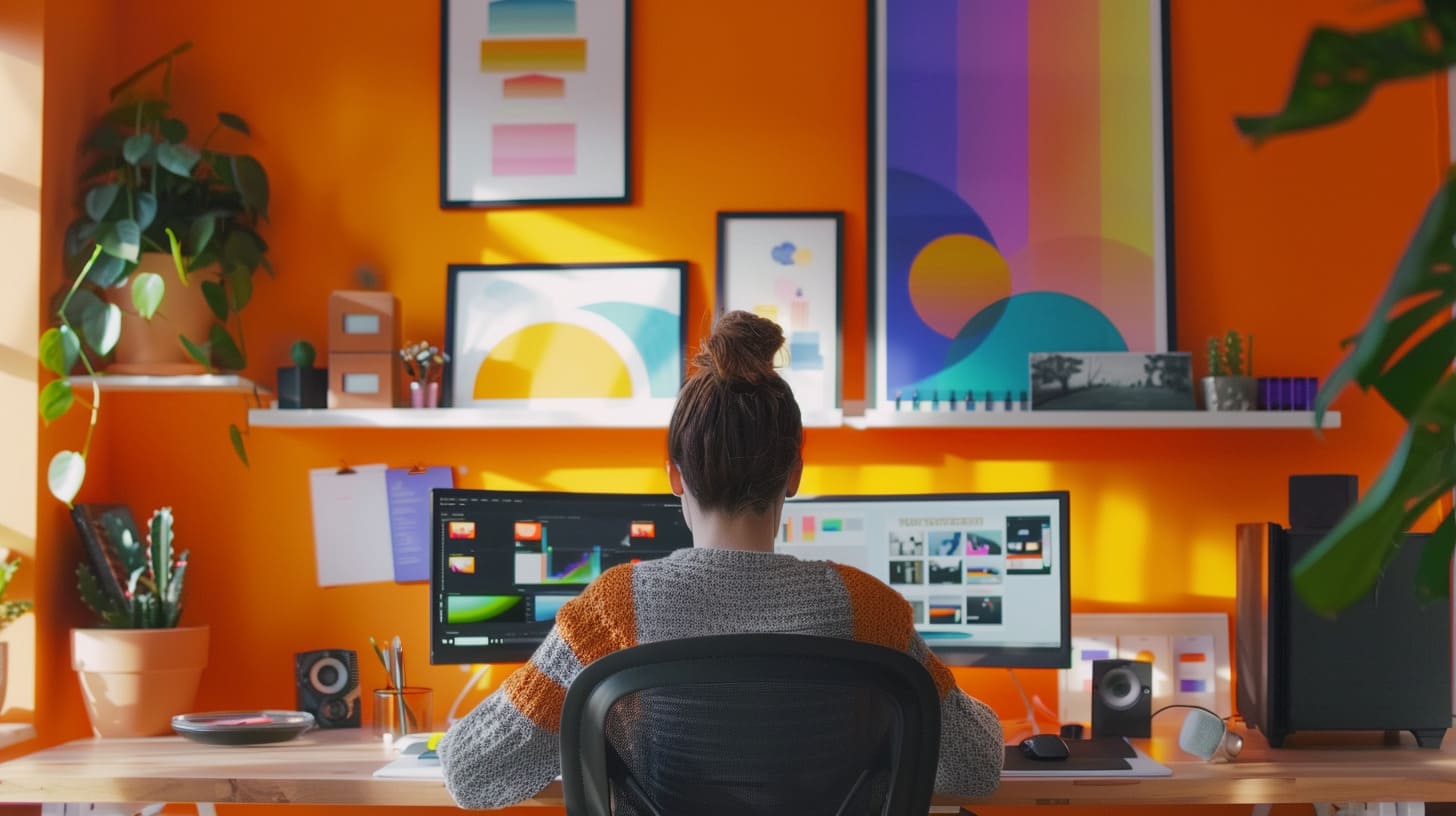A creative block, also known as an artist’s or writer’s block, is a mental state where you feel unable to produce new ideas or create art, despite your best efforts. This frustrating experience can leave you feeling stuck, uninspired, and disconnected from your work.
Creative blocks are marked by several key characteristics. You might experience a lack of inspiration, making it hard to generate fresh ideas or get motivated. Mental fatigue is common, leading to burnout and decreased energy levels. Performance anxiety and fear of failure can also play a role, causing you to doubt your abilities and hesitate to start new projects. Perfectionism, with its unrealistically high standards, often results in self-criticism and paralysis.
Furthermore, cognitive rigidity, which is the difficulty in thinking outside the box, can hinder your ability to explore new ideas and solutions. Emotional blockages, such as anxiety, depression, or stress, can also impede your creative flow, making it hard to focus and produce work.
Understanding these characteristics can help you identify when you’re experiencing a creative block and take steps to overcome it.
Symptoms and Identification
A creative block manifests through a variety of symptoms that disrupt the flow of design work. Recognizing these signs early can help you take action before the block becomes overwhelming.
Common Symptoms
One of the most noticeable symptoms is a lack of inspiration. You may find yourself staring at a blank canvas or an empty screen, unable to get started on a new project. This often pairs with a compromised ability to focus. Your mind may wander, making it difficult to concentrate on the task at hand. Persistent procrastination is another red flag. You might delay starting or completing work, often feeling a strong urge to do anything but focus on your project.
Psychological Symptoms
Recent studies have identified deeper psychological symptoms associated with creative blocks. Mental fatigue is common, leaving you exhausted and drained. Self-doubt creeps in, making you question your abilities and the value of your work. This can be amplified by the pressure to meet deadlines, which only adds to the stress and anxiety.
Emotional Indicators
Emotional states play a significant role as well. Anxiety and frustration are prevalent among designers facing creative blocks. These emotions can create a vicious cycle, further hindering your creativity. A study in the International Journal of Design highlighted how emotional well-being directly impacts creative performance.
Cognitive Biases
Cognitive biases can also play a role. Issues like confirmation bias—where you stick to familiar solutions—and anchoring bias—where initial ideas overly influence your thoughts—can stifle innovation. These biases make it tough to break out of your usual thinking patterns.
Identifying Creative Blocks Early
Early identification is crucial. Practices such as mindfulness and self-reflection can help you become aware of your mental state. Keeping a design journal allows you to track progress and notice when you’re not at your best. Collaborative brainstorming with peers can provide new perspectives and expose hidden blocks. Developing emotional intelligence helps in managing feelings that contribute to creative blocks. Engaging in design sprints and prototyping can break inertia and inspire new ideas.
Symptoms to Watch Out For:
- Lack of inspiration
- Difficulty focusing
- Persistent procrastination
- Mental fatigue
- Self-doubt
- Pressure to meet deadlines
- Anxiety and frustration
- Cognitive biases (confirmation bias, anchoring bias)
By understanding these symptoms and recognizing them early, you can take steps to address creative blocks proactively and keep your creative process flowing.
Intrinsic Blocks:
Internal Factors like Self-Doubt, Fear of Failure, or Lack of Motivation
Intrinsic blocks are internal barriers that affect your creativity from within. These can be especially challenging because they stem from your mental and emotional state. Let’s explore some of the primary intrinsic factors that cause creative blocks.
Self-Doubt: Self-doubt can severely hinder your creative process. When you constantly question your abilities, you become less likely to take creative risks. According to Self-Determination Theory, intrinsic motivation is crucial for creativity. Self-doubt undermines this motivation, making you less likely to produce innovative work (Deci & Ryan, 2000).
Fear of Failure: This is another major obstacle. Fear of failure can lead to a fixed mindset where you believe your skills are static and unchangeable. This mindset stifles creativity because you become overly cautious and avoid taking risks (Dweck, 2006). Research shows that anxiety, including fear of failure, reduces working memory capacity and increases cognitive load, further impeding creative performance (Kashdan & Ciarrochi, 2013).
Lack of Motivation: If you’re not internally motivated, your creativity can suffer. The Design Council’s “Designing a Future” Report found that lack of motivation is a top barrier to innovation in design (Design Council, 2018). When you’re not motivated, it’s challenging to stay inspired and produce high-quality creative work.
Techniques to Overcome Intrinsic Blocks
- Cognitive-Behavioral Therapy (CBT): CBT helps you identify and challenge negative thought patterns like self-doubt and fear of failure (Beck, 2011).
- Mindfulness Practices: Activities like meditation can increase self-awareness, reduce anxiety, and boost creative performance (Luders et al., 2013).
- Reframe Failure: View failure as a learning opportunity rather than a setback to alleviate fear of failure (Dweck, 2006).
- Design Thinking: Engage in design thinking and prototyping to build confidence and develop a growth mindset (Brown, 2008).
By addressing these intrinsic factors, you can better manage your creative blocks and continue to produce innovative and meaningful work.
Strategies for Overcoming Creative Blocks
Mindfulness meditation is a powerful tool to help reduce distractions and improve focus, which can be particularly beneficial for creative professionals. Recent studies support its effectiveness:
- A 2019 study in the journal Mindfulness found that mindfulness meditation increased focus and reduced mind-wandering, especially in individuals experiencing high levels of creative anxiety.
- A 2020 study in the Journal of Cognitive Enhancement highlighted improvements in cognitive flexibility, working memory, and creative problem-solving abilities among designers practicing mindfulness.
- A 2018 study in the Journal of Positive Psychology noted that mindfulness meditation enhanced flow experiences, leading to heightened concentration and enjoyment for creative professionals.
These findings underscore the value of mindfulness meditation in overcoming creative blocks. To illustrate, prominent designers have shared their experiences with mindfulness practices:
- Debbie Millman, a designer and author, has publicly discussed how mindfulness meditation helped her overcome creative blocks and enhance focus.
- Jessica Hische, a graphic designer, has written about using mindfulness to manage anxiety and maintain concentration on complex design projects.
- The design firm IDEO integrates mindfulness practices like meditation and deep breathing into their process to foster creativity and teamwork.
To integrate mindfulness into your daily routine, consider the following techniques:
- Focused Attention Meditation: Concentrate on a specific object, like your breath or a mantra. This helps you control your attention and reduce mind-wandering.
- Open Monitoring Meditation: Observe your thoughts, emotions, and sensations without judgment. This awareness can help you understand and resolve creative blocks.
- Loving-Kindness Meditation: Cultivate feelings of kindness and compassion toward yourself and others. This positive mindset can aid in overcoming creative challenges.
Here’s how you can incorporate these practices into your routine:
- Start with short daily sessions of 5-10 minutes, gradually increasing the duration as you become comfortable.
- Use meditation apps like Headspace or Calm to guide your practice and track progress.
- Incorporate mindfulness into your workday, such as taking deep breaths before starting a project or having a short meditation break during long sessions.
- Experiment with different techniques to find what works best for you. Consistency is key, so make mindfulness meditation a regular habit.
By integrating these mindfulness practices into your daily life, you can reduce distractions, improve focus, and navigate through creative blocks more effectively.
Preventing creative blocks
Maintaining a balanced lifestyle is crucial for preventing creative blocks. Ensuring adequate sleep, taking regular breaks, and achieving a healthy work-life balance can significantly enhance your creative performance and mental health.
Sleep and Creative Performance A good night’s sleep is essential for your creative mind. During sleep, your brain processes and consolidates information, aiding in the formation of novel connections and fostering creative insights. Research shows that sleep deprivation impairs creative abilities, including flexibility and originality. Particularly, REM sleep enhances problem-solving skills by permitting the brain to reorganize and think abstractly.
Regular Breaks and Work-Life Balance Taking regular breaks and ensuring a good work-life balance can recharge your brain and boost creativity. Studies have found that employees who take breaks are more productive and satisfied with their jobs. Achieving work-life balance reduces stress, which otherwise impedes creative thinking. Having control over your work schedule also enhances your creative performance, allowing you to work when you feel most inspired.
Modern-Day Challenges and Effective Management Designers face numerous challenges, such as long hours, tight deadlines, and constant connectivity. To manage these challenges effectively:
- Prioritize self-care by scheduling regular breaks and time off.
- Maintain a consistent sleep schedule and create a conducive sleep environment.
- Set boundaries to manage workload and commitments.
- Engage in joyful activities outside of work.
- Practice mindfulness and meditation to reduce stress and increase focus.
- Seek support from colleagues, mentors, or mental health professionals when needed.
By adopting these practices, you can maintain your creative performance and mental health, leading to more innovative and effective work.



